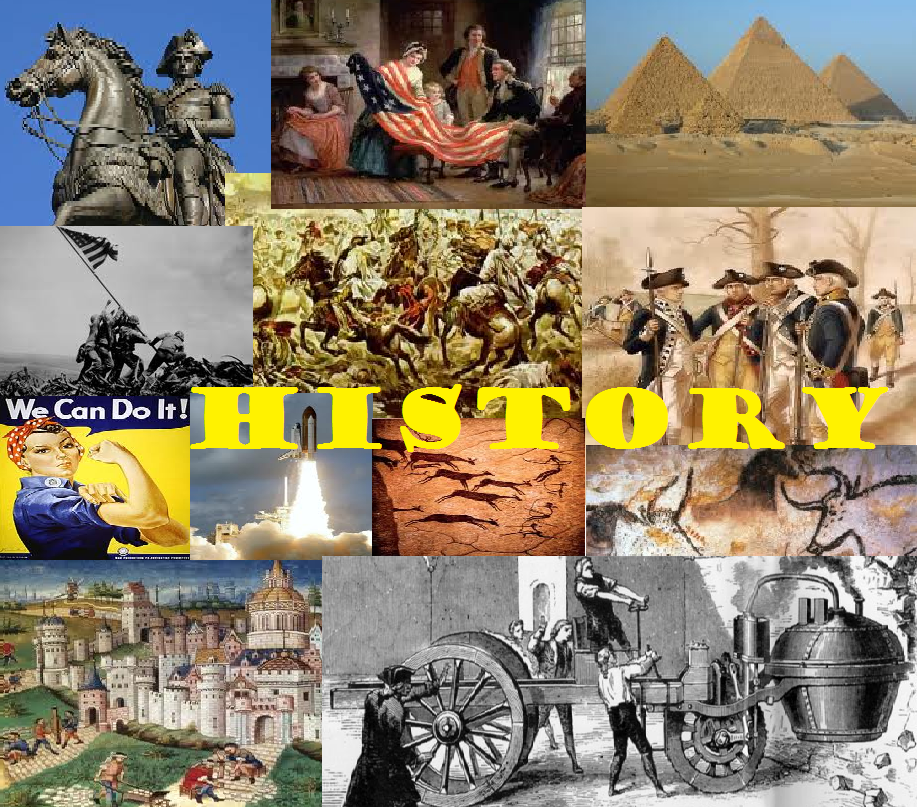In the vast expanse of Christian tradition, the date of Easter occupies a uniquely pivotal position, marked by both reverence and complexity. Every year, Christians worldwide celebrate this cornerstone of faith, commemorating the resurrection of Jesus Christ. Yet, the intriguing question persists: why does the date of Easter fluctuate each year? Could it be that the very nature of this celebration, steeped in spiritual significance, intertwines with celestial rhythms and ancient calendar systems? Let us unravel this intricate tapestry, exploring the historical, astronomical, and theological dimensions that render the dating of Easter a profound matter of contemplation.
The origins of the Easter date trace back to the early Christian community, particularly to the synoptic Gospels, which recount the momentous events surrounding Christ’s crucifixion and resurrection. Initially, the celebration of the resurrection was not fixed to any particular day, leading to an array of observance during the Passover festival, a Jewish occasion that is based on a lunar calendar. As the fledgling Church began to differentiate itself from its Jewish roots, a method of calculating Easter became paramount. This task was not taken lightly, as it involved theological implications that echoed through centuries.
Fast-forwarding to the 4th century AD, we encounter the Council of Nicaea in 325 AD, a pivotal moment in ecclesiastical history where a formula for the date of Easter was established. This council determined that Easter would be celebrated on the first Sunday following the first full moon after the vernal equinox, which usually falls around March 21. This decision imbued the date with a sense of astronomical significance, aligning the resurrection with the seasonal theme of rebirth and renewal. But what does this formula really signify? Could the convergence of lunar phases and solar cycles be indicative of an inherent harmony within God’s creation?
The equation’s complexities arise from the interplay of solar and lunar calendars—while the Gregorian calendar that much of the Western world observes is solar, the Jewish calendar is lunar. This divergence is one reason why Easter does not have a fixed date. Easter can be observed as early as March 22 and as late as April 25. This variability prompts a playful inquiry: if the date of Easter moves, could it symbolize the dynamic and living relationship between God’s people and the divine will, eternally responsive to the rhythms of creation?
Furthermore, exploring the emotional and spiritual dimensions of Easter’s date unveils a treasure trove of meaning. As Christians traverse through the Lenten season—a period of fasting and reflection—each year holds a unique cadence. The variability of the Easter date invites believers to embark on personal journeys, sometimes awaiting the warmth of spring, other times embracing the lingering chill of winter. This yearly pilgrimage can mirror the soul’s own search for resurrection after the trials of life. In a way, the shifting date of Easter serves as a metaphor for the unpredictability of life itself, a reminder of God’s sovereign control over time.
Even as the church navigates these temporal waters, it must grapple with various cultural expressions of Easter that emerge globally. Eastern Orthodox churches, for instance, follow the Julian calendar, which leads to celebrations often occurring on different dates than their Western counterparts. This divergence raises questions about unity within Christianity. How do these differences enrich the broader tapestry of faith, and what dialogues can emerge from understanding diverse practices? Perhaps the shifting of Easter serves as a vivid illustration of the diversity of expression within Christ’s body, compelling believers to honor and celebrate the multifaceted nature of their faith.
The repercussions of Easter’s movable feast extend beyond ecclesiastical discussions, impacting societal customs entrenched within various cultures. For many, the arrival of Easter signals a time for family gatherings, feasting, and celebrations of spring with cherished rituals such as egg hunts and communal meals. These traditions, although sometimes secular in nature, are imbued with latent theological concepts of renewal and resurrection. Through these actions, communities collectively reflect on the meanings of hope and transformation, themes resonating profoundly within the Easter narrative.
Moreover, Easter’s fluidity invites Christians to embrace uncertainty in their spiritual lives. Just as the Church adjusts its observance based on astronomical phenomena, believers must also adapt to the multifarious experiences of faith. The celebratory aspects of Easter can serve as a beacon of hope amidst trials and tribulations, encouraging believers to remain steadfast in the belief that renewal is always possible, regardless of the season of life. The challenge, therefore, is to embody the principles of resurrection—not just during the season of Easter, but throughout every moment of existence.
As the years unfold, the significance of Easter will undoubtedly evolve, intertwined with contemporary understanding and cultural shifts. However, the essence remains steadfast: it is a celebration of victory over death, a testament to the promise of eternal life, and a reminder of God’s unwavering love. The quest to understand the intricacies surrounding Easter’s date is not merely an academic pursuit; rather, it acts as an invitation for deeper reflection on the nature of faith, creation, and the enduring hope that sustains the Christian journey. Together, as the body of Christ, believers can engage in joyful celebration, embracing the movement of time and the transformative power of resurrection in their lives.



